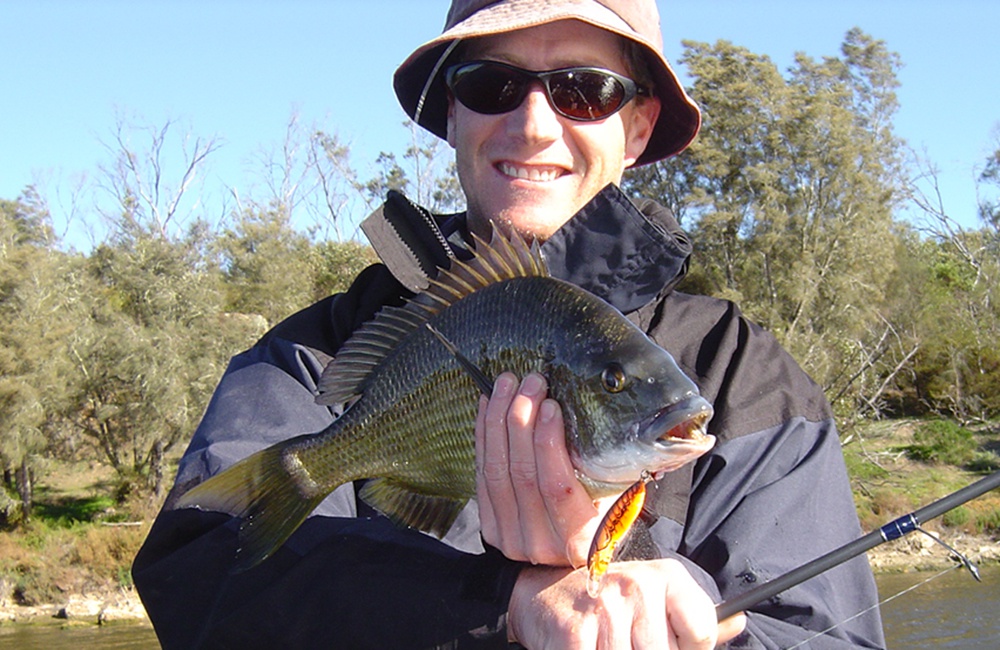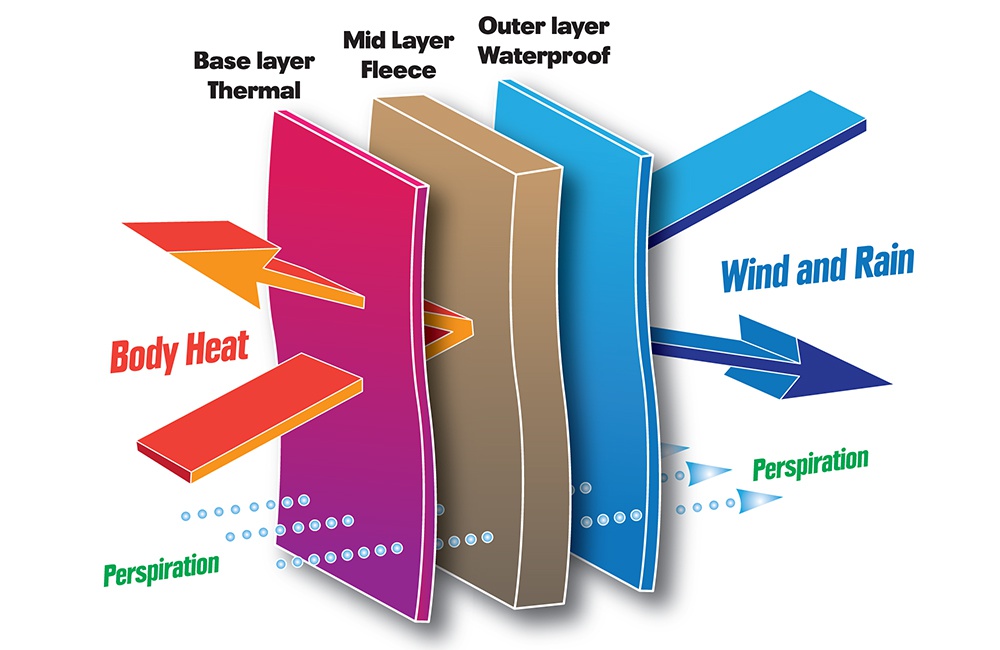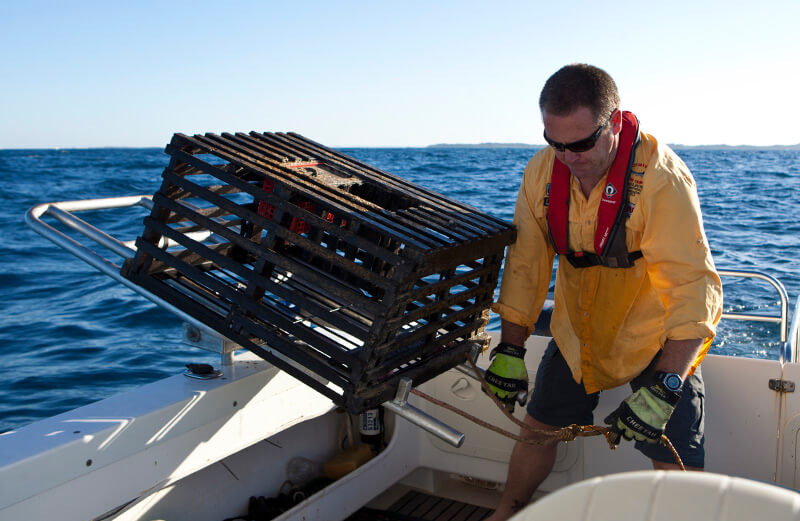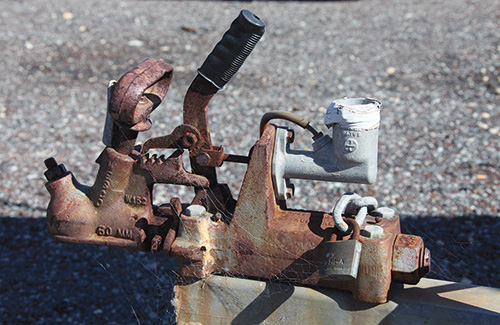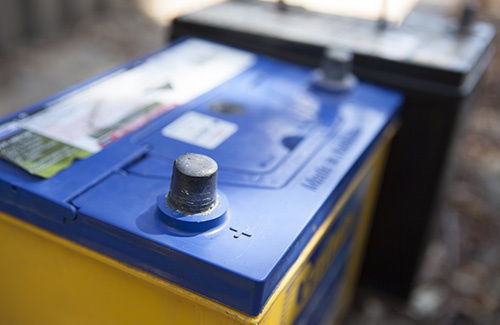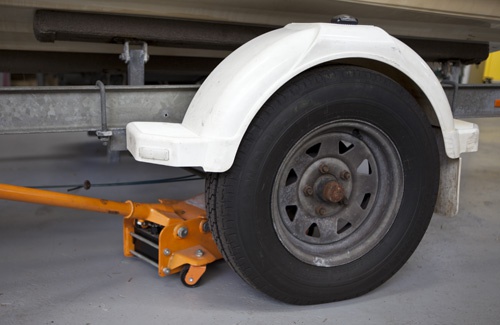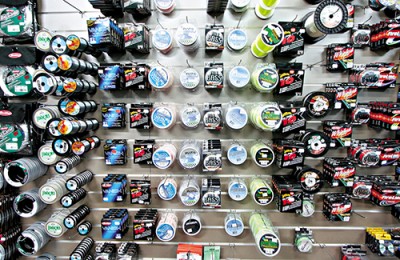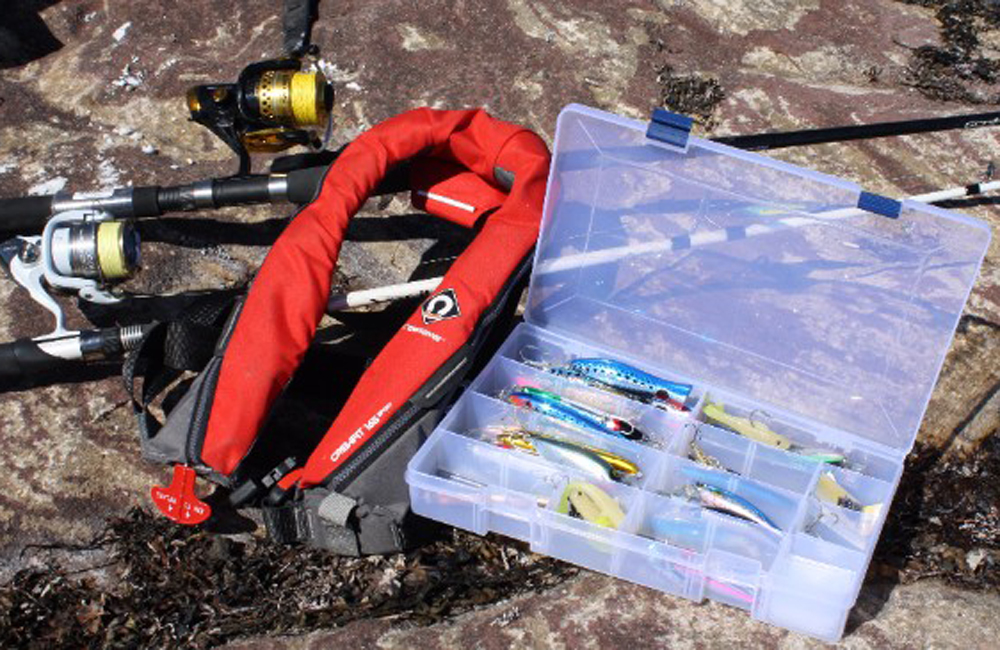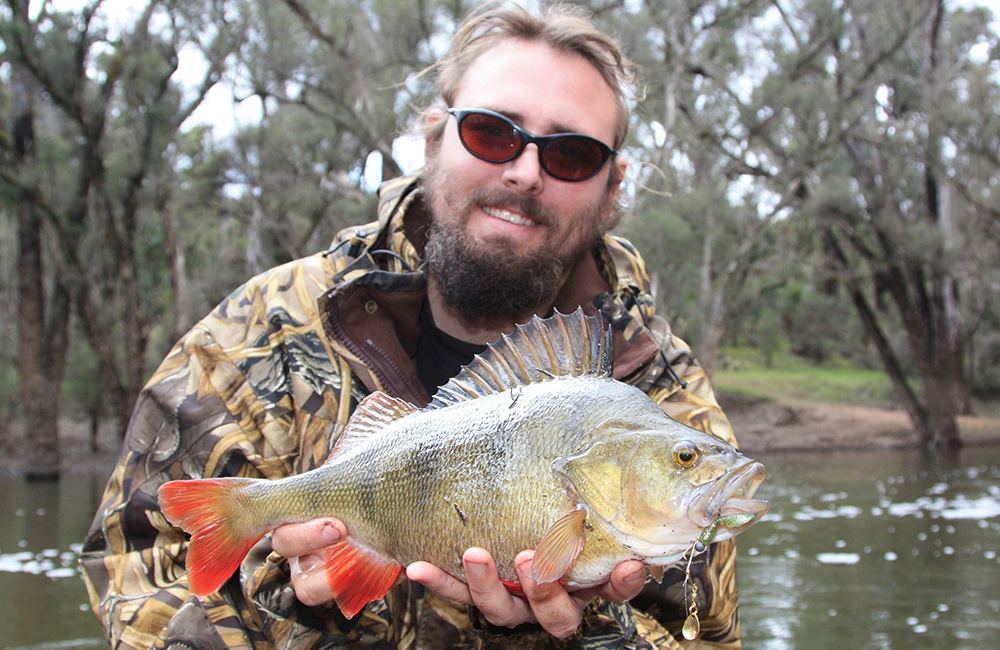
Fishing takes us to all sorts of places and gets us into the great outdoors in all weather conditions. During winter, a lot of anglers simply pack up the fishing gear and forget about it until summer comes around again, which is a shame, because as many know, fishing in winter is by far the best fishing of the year!
During winter we certainly have plenty of calm periods where there is a bit of cloud around but no wind, which makes for perfect fishing weather. The only downside can be that in the southern parts of the state it is bitterly cold in the early hours before and just after the sun comes up. Not to mention that the evenings can be pretty cool as well.
Then there are the wet days where the rain comes down steadily and the wind is there but not enough to be too much of a hindrance to our fishing. Sometimes the heavier rain showers can be accompanied by higher than average wind gusts, but usually settle down just as fast as they came up.
Whether it is freezing cold, blowing a gale, raining cats and dogs or just plain miserable outdoors, one thing you can be sure of is that the fish are still in the water, and most times they are still catchable. All we have to do to have good fishing sessions during periods of inclement weather is get over the idea of staying indoors and out of the weather.
As a lover of fishing competitions, first fly fishing for trout and then bream, I have been thrown many a time into the situation of fishing in the most inclement weather imaginable! It might sound miserable, but if you are wearing the right clothing for the conditions and you manage to stay warm and dry, it can certainly be a rewarding experience. I have vivid memories of some truly amazing, quality fishing during periods of the most miserable weather.
The first key is to stay warm. It might sound easy enough, but being that we live in a relatively warm country there are many that do not know how to do it effectively. For instance when trying to dress for warmth there is no place for cotton tshirts! Cotton is great for summer but certainly not your friend in winter. Wool or the myriad of new fleece fabrics available on the market and the breathable fabrics that are used in wet weather gear are the best fabrics for keeping you warm and dry.
The key to staying warm is layering, using the right fabrics in the right place. So the base layer which is going to go right against your skin, top and bottom should be some sort of thermal underwear. This layer can also be called the wicking layer. Wicking is the term given to the process that draws moisture off and away from your skin and hopefully to the exterior of the base layer. This essentially keeps your skin dry and stops you from feeling cold. The best fabrics for wicking are micro fleece, silk, fine wool and polypropylene. The wicking layer for best result should be snug and not too tight.
Next is the insulating layer. This layer should be a little bit looser so that it can trap air around it which becomes heated air and will help to keep you warm. The best fabrics for this layer are knitted wool and fleece type jumpers and pants. These fabrics aid in drying the base layer as they are also wicking fabrics. So when in contact with the base layers they will take any moisture away from it and push it to the outside. These fabrics also have the ability to hold warmth even if they do get wet.
The insulating layer can be varied depending on just how cold it is by selecting thinner clothing for not so cold conditions and thicker, or two layers for really cold weather. Denim jeans are made of cotton so are not suitable for this layer. If jeans get wet they will be cold and will stay wet.
Lastly, we have the outer layer or shell. This can be any type of breathable wet weather gear which in severe conditions will include both a jacket and pants. Being breathable outerwear, the wicking layers underneath it will usually make the inside feel damp, however due to the breathable quality of the fabric, the water will actually be getting expelled in the process of just wearing it, keeping the under layers dryer and you warmer.
Base layer of snug thermal underwear, middle layer is the insulation layer and the outer layer or shell is the protective layer.
While winter fishing may not be everyone’s cup of tea, I can assure you if you dress correctly to stay dry and warm it can be some of the most rewarding fishing you’ll ever experience. There is something about fishing when there is no one else around which also makes it feel even better. Using this system you can be reasonably confident in staying dry and comfortable even in the worst of weather, and if you are dry and comfortable, chances are you will stay longer and get the most benefit out of your day.
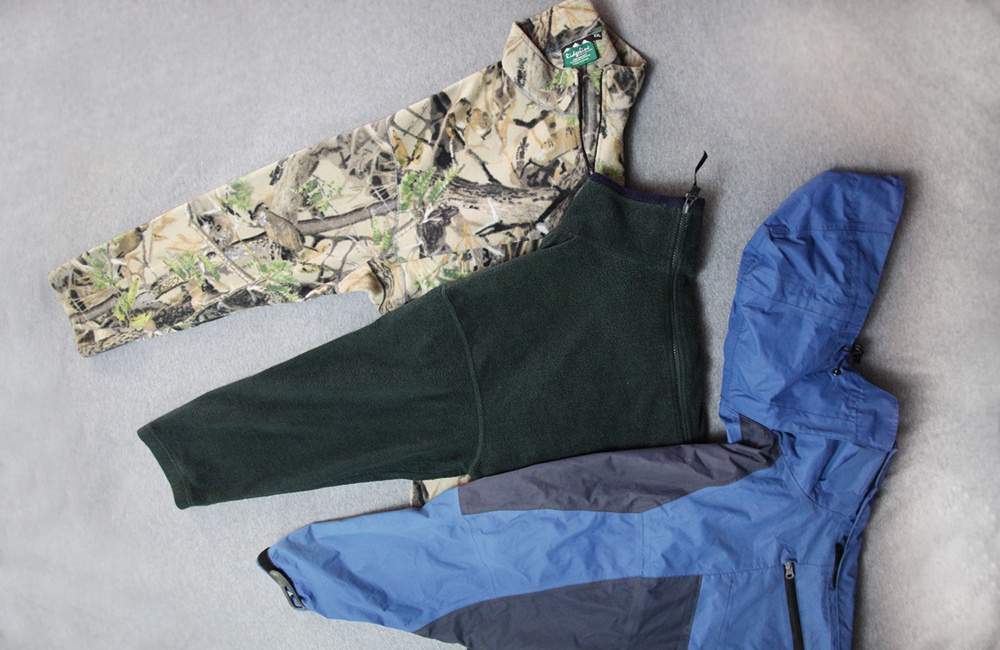
Don’t forget the water!
Even though the conditions are cold on the outside, you can be warm and sometimes too warm which will make you sweat whether you notice it or not. For this reason it is important to consume water at regular intervals throughout the day, especially if you are exerting yourself catching all of those fish.
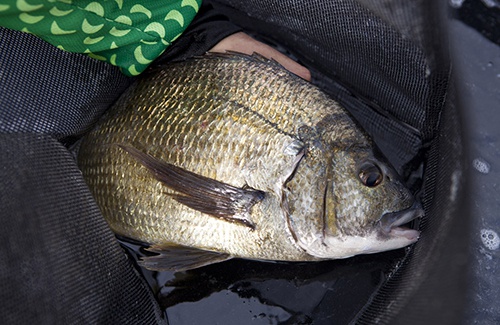
Ready to catch some winter bream?
Winter is the time to catch big bream in the Swan and Canning Rivers!
Check out our Winter Bream article for some tips on the best places to catch yourself a big bream or two!

